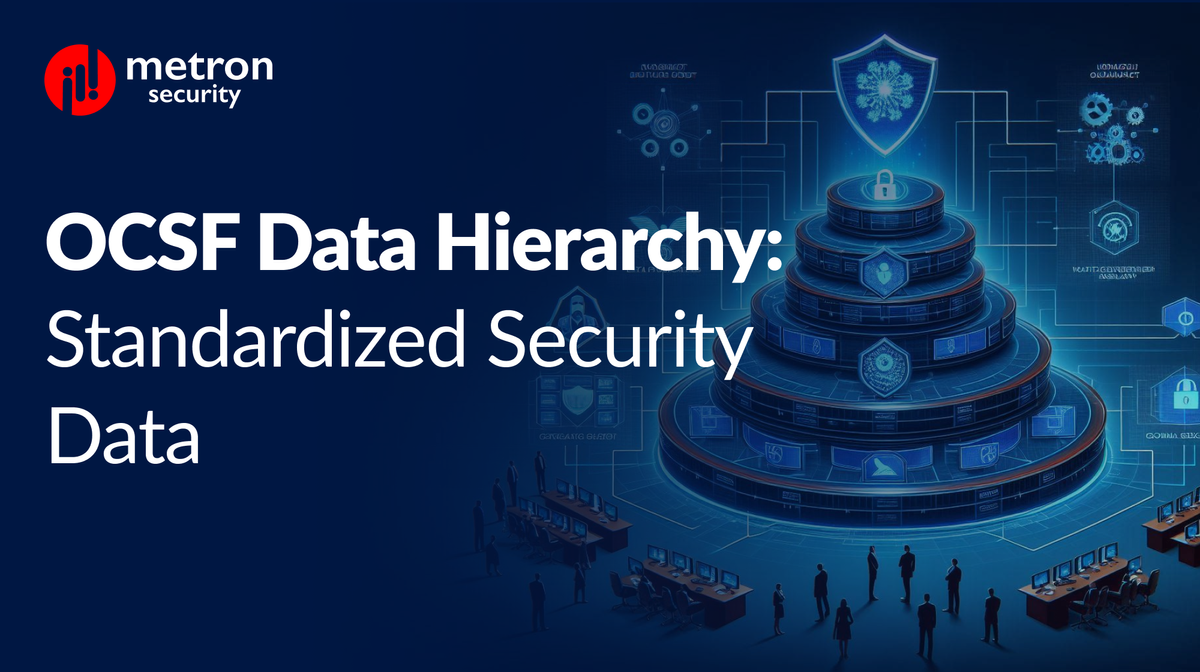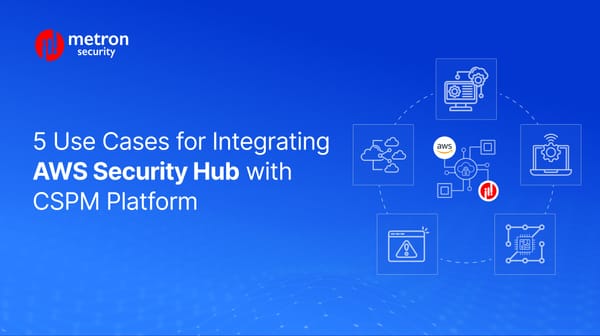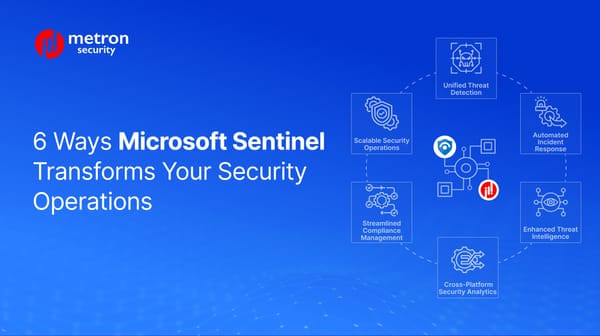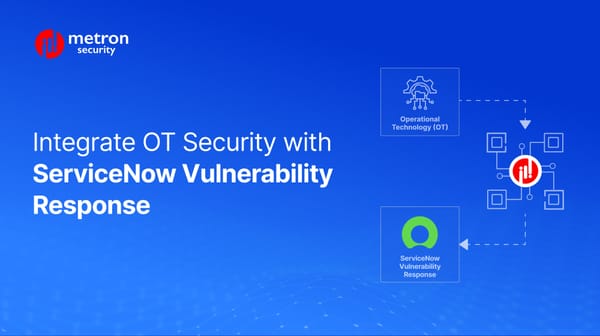Demystifying the OCSF Data Hierarchy: Unlocking the Power of Standardized Security Data
We dive into the OCSF framework and its ability to standardize the language of your data.
Anmol Jain

The ever-expanding realm of cybersecurity all but demands a standardized language for security tools to communicate effectively with one another. Enter the Open Cybersecurity Schema Framework (OCSF), a potential game-changer that offers a common data dictionary for security events.
But what exactly lies beneath the hood of OCSF's data hierarchy? Let’s delve into the fascinating world of structured security data and find out how using this framework can positively impact your own integrations and automations!
The Core Schema: Your Essential Cybersecurity Dictionary
The world of cybersecurity events can at times be cryptic, with many of the platforms filled with seemingly random data points. The OCSF core schema acts as your decoder ring in these instances, providing a structured framework for understanding these events in a shared language. In other words, it is a technical dictionary that defines the essential building blocks for translating the language of security and its various apps and systems.
Here's a breakdown of the core elements that bring order to the potential chaos caused by data points using different frameworks:
Cybersecurity Assets
Imagine the OCSF schema as a detailed inventory list for your digital infrastructure. This list meticulously catalogs your cybersecurity assets – the computers, servers, networks, and user accounts that constitute your digital domain. These assets are the foundation you strive to protect and solidify.
Establishing a Common Tongue: Data Types
Now, envision each asset in the inventory accompanied by precise data points. Data types define the format for these points, ensuring consistency and clarity.
Just like timestamps adhering to a specific format (e.g., YYYY-MM-DD HH:MM:SS, a standardized clock for every second), IP addresses follow a well-defined notation system too (e.g., 192.168.1.1, a unique identifier for each digital entity).
Data types can, therefore, ensure everyone understands the details being conveyed in the same format, eliminating ambiguity in this technical language.
Let’s now get into the data structure of OCSF.
The OCSF Data Hierarchy: A Tower of Security Knowledge
Feeling overwhelmed by security event data? The OCSF core schema offers a helping hand, structuring data in a clear and hierarchical way. Imagine it as a branching tree, with each level providing greater detail and context for understanding security events within your digital landscape.
Here are more details:
Categories: The Foundation
At the base of the OCSF structure lies the foundation – the OCSF categories. These grand organizers group numerous event classes under their umbrella. Each category tackles a specific security domain, providing a high-level perspective. Think of them as the primary branches of the tree, each focusing on a distinct area of your digital forest, like Identity and Access Management or Endpoint Detection and Response.
Event Classes: Subcategories Within Domains
As we move up the structure, the categories further branch out into more specific concepts called event classes. Imagine them as subcategories within each major security domain. For instance, the Identity and Access Management category, focusing on user activity, might have event classes like User Access Management or Authentication as its leaves. These event classes provide a more granular level of detail, pinpointing specific activities within the broader domain.
Data Types, Attributes, and Objects: The Core
Within each event class, there are these data points that describe each event class. These data points all adhere to specific data types. Think of data types as the language spoken within each event class. Data types can be strings (usernames and emails), long (timestamps), or even complex objects. Objects act like structured collections of attributes, providing even richer context.
For instance, a User object within a User Access Management event class will contain attributes for name, user id, etc., offering a detailed picture of the login attempt.
By understanding this hierarchical structure, you gain a comprehensive understanding of your security events.
Beyond the Core: Profiles and Extensions
The OCSF schema doesn't stop at the core. It offers additional tools for enriching security data, including:
- Profiles: The OCSF schema provides a solid foundation for describing security events. However, security needs often extend beyond the core set of attributes. This is where OCSF profiles come in, offering a powerful way to add a layer of granular detail.
Profiles act as overlays that enhance event classes and objects. They provide additional attributes with specific requirements and constraints. While event classes define the core type and category of an event, profiles like Cloud, Host, Security Control, and more, can be applied to existing classes to add a set of attributes independent of category. - Extensions: OCSF embraces flexibility. It allows for extensions, currently available for Windows and Linux environments. These extensions empower you to create entirely new schemas or modify existing ones to cater to specific security tool requirements or capture platform-dependent details.
The Power of Standardized Data
By adopting OCSF's data hierarchy, security teams can unlock a multitude of benefits:
- Seamless Communication: Security tools can communicate with each other effortlessly, eliminating the need for time-consuming data normalization.
- Enhanced Threat Detection: Standardized data formats enable faster correlation and analysis of security events, leading to earlier detection of potential threats.
- Improved Security Operations: Streamlined data exchange fosters better collaboration between security teams and simplifies security orchestration and automation response (SOAR) implementation.
Embracing the OCSF Data Hierarchy:
The standardized data hierarchy offered by OCSF paves the way for a more efficient and effective security posture. By understanding its core components and functionalities, security professionals can leverage this valuable framework to strengthen their defenses and achieve a holistic view of their security landscape.
Metron Security provides on-demand and effective approaches to managing third-party integrations for security ecosystems. Since 2014, Metron has delivered automation solutions for over 200 security applications along with several hundred custom automation solutions.
If you are looking to set up any integrations and are facing challenges, you can reach out to us at connect@metronlabs.com.









